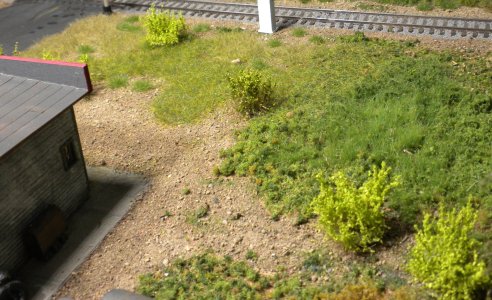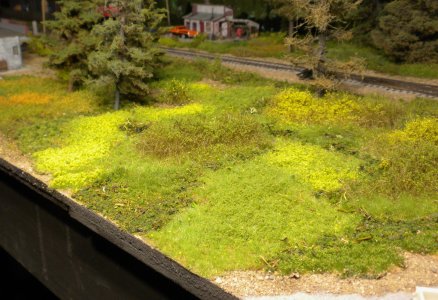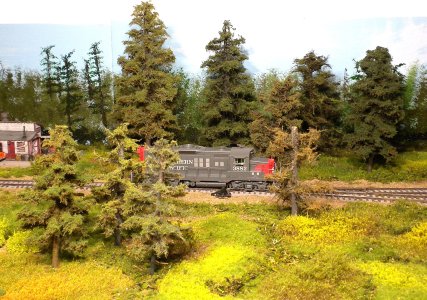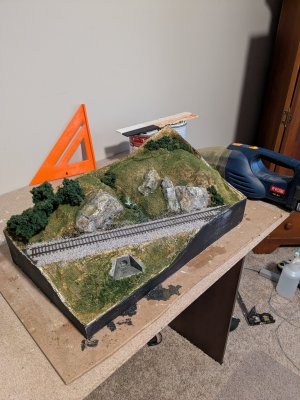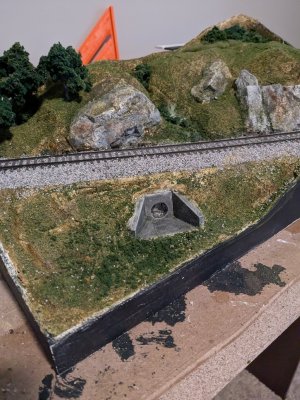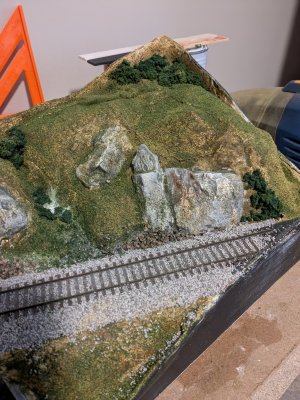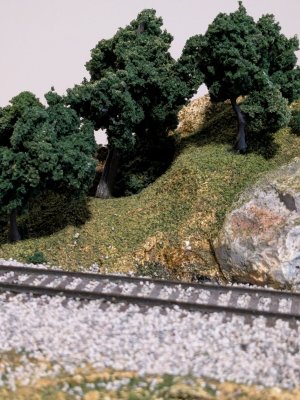I'm retired, haven't touched model railroads since I had a toy Hornby set as a child, and looking to get into what looks like a really fascinating and multidimensional hobby. I've decided to journal my experiences as I get started all the way through to (I hope!) completing my first layout.
I'm not really expecting anybody to read this, but if I don't write it down somewhere, it will keep going around in my head!
Where I'm starting from...
Experience: zero, not only with model railroads but anything even remotely related.
Confidence: low; I have never shown any crafting or artistic talents
Skill level: klutz
So before I start work on a layout of my own, I watched many hours of videos (if you've ever posted a video, I probably watched it, so thank you!). And I ordered "The Scenery Kit" from Woodland Scenics. That seemed like a good way to learn some basics, be able to practice them on a diorama that won't matter if I make mistakes, and generally build some confidence.
I'm not really expecting anybody to read this, but if I don't write it down somewhere, it will keep going around in my head!
Where I'm starting from...
Experience: zero, not only with model railroads but anything even remotely related.
Confidence: low; I have never shown any crafting or artistic talents
Skill level: klutz
So before I start work on a layout of my own, I watched many hours of videos (if you've ever posted a video, I probably watched it, so thank you!). And I ordered "The Scenery Kit" from Woodland Scenics. That seemed like a good way to learn some basics, be able to practice them on a diorama that won't matter if I make mistakes, and generally build some confidence.
Last edited:

